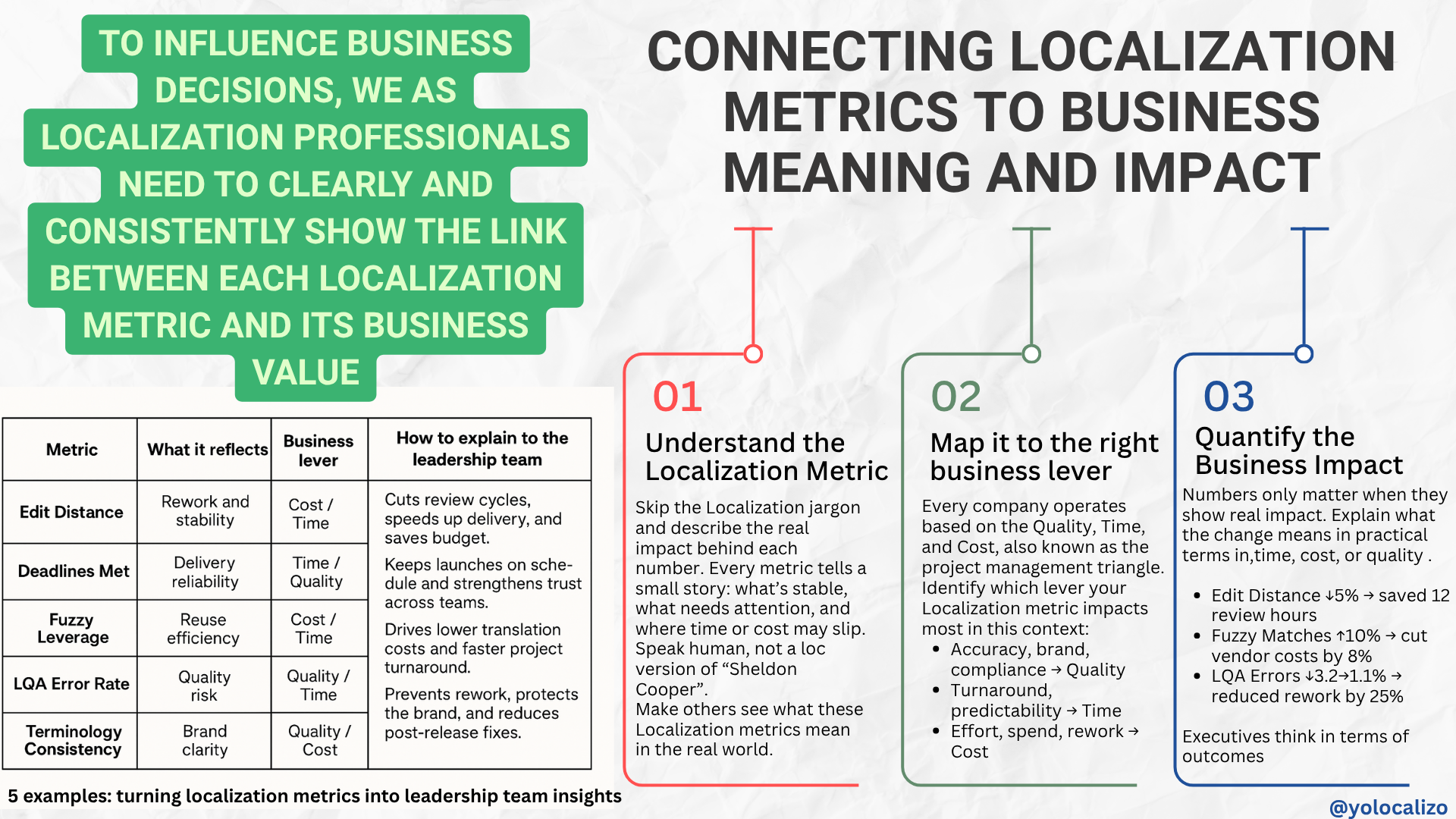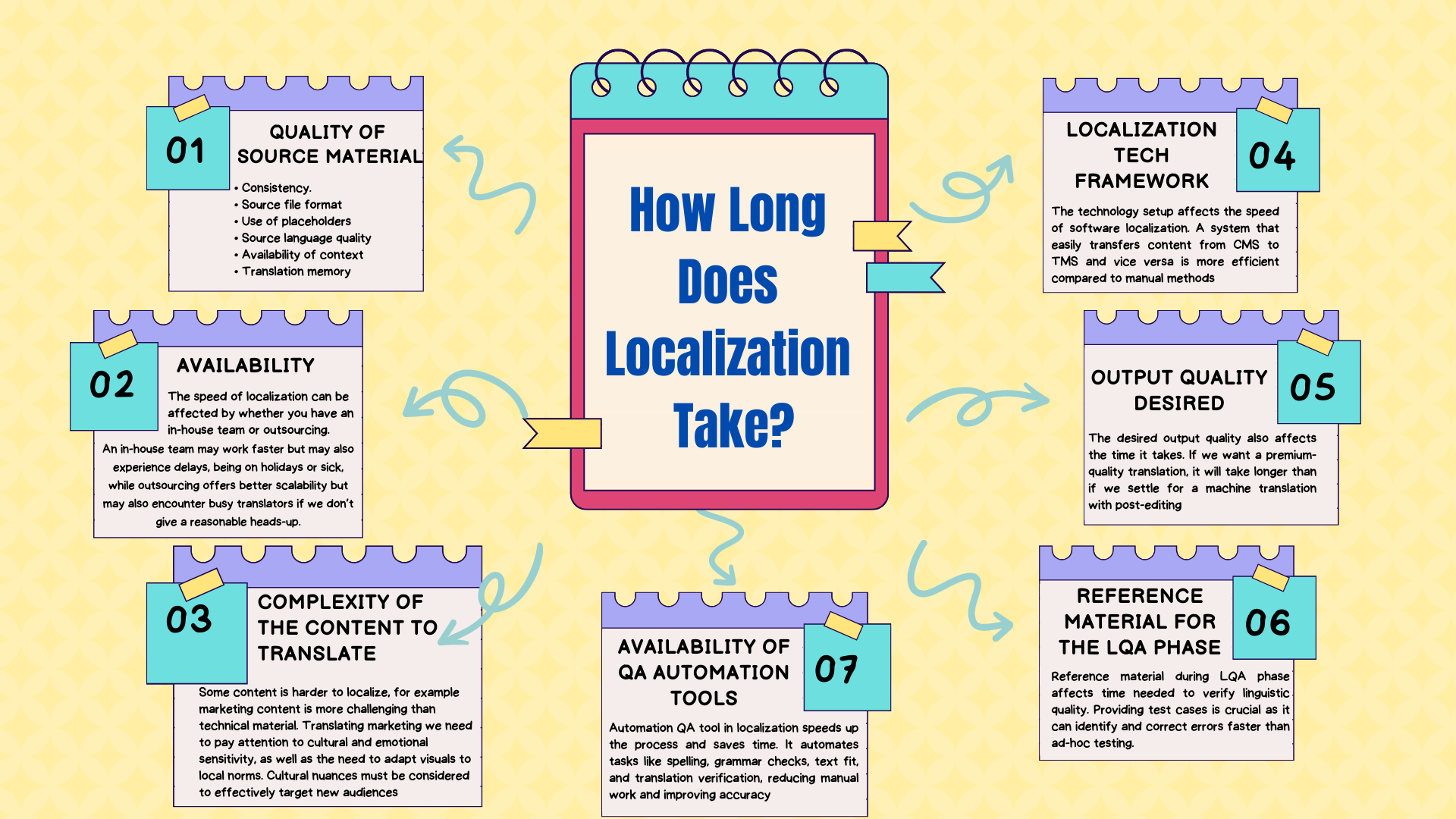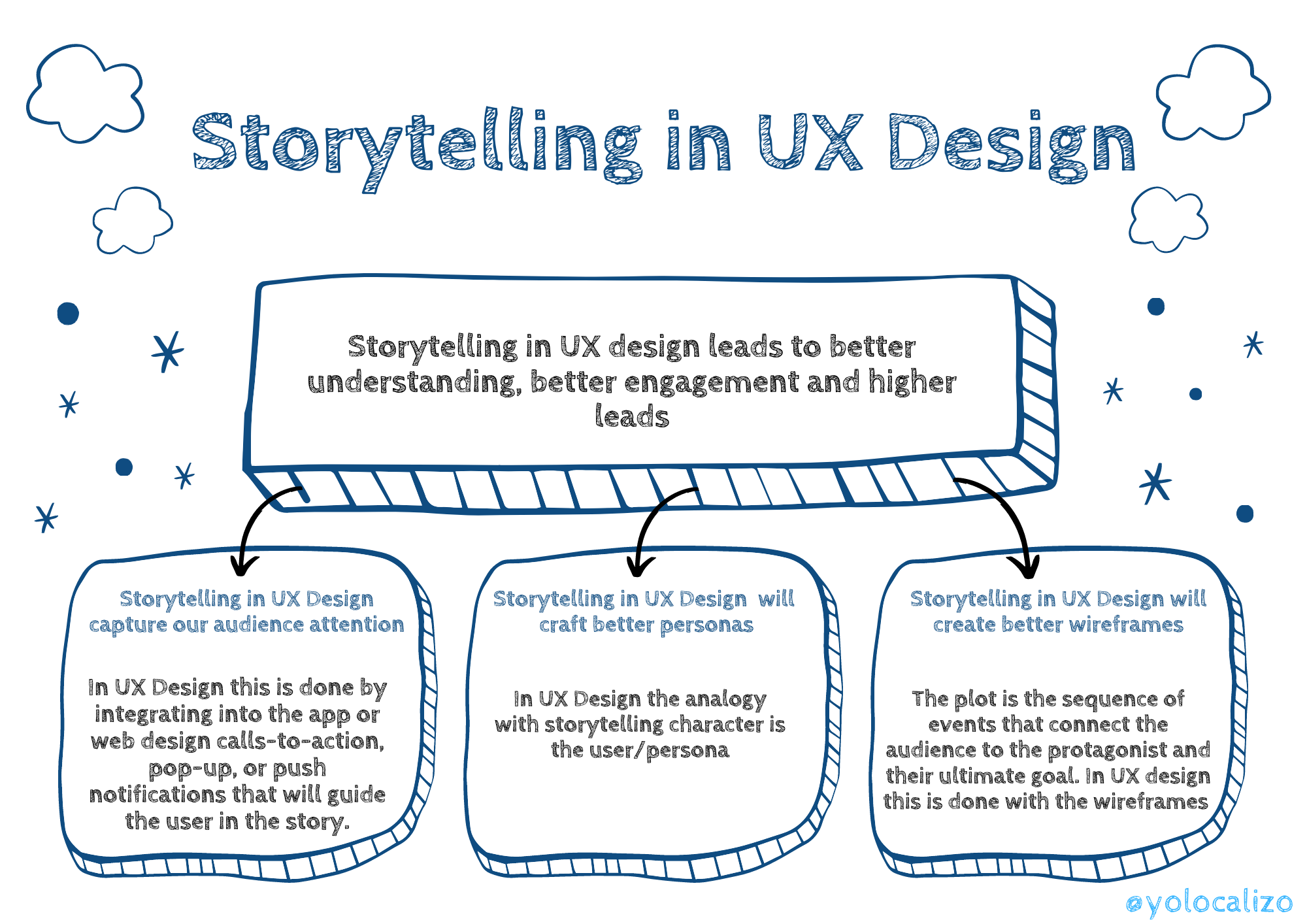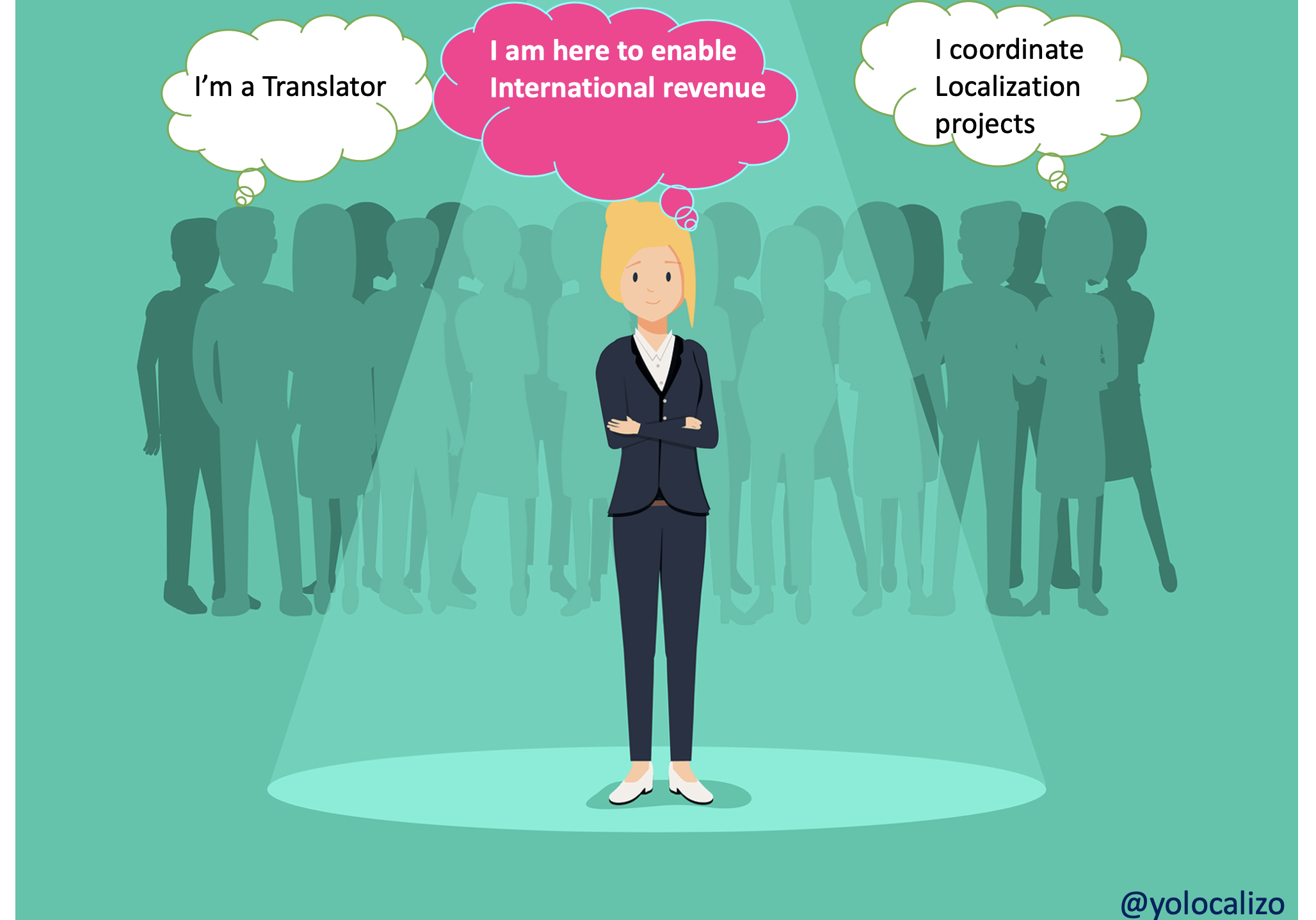3 reasons why including storytelling in UX design is a great idea
Storytelling is something that has always captivated me, as a child I remember my older sister reading me books from The Happy Hollisters.
As a teenager, I was fascinated when I saw the paintings of the Altamira caves in the North of Spain (yes, that is also storytelling)
As an adult, I always paid attention to Steve Jobs, and Steve once said “The most powerful person in the world is the storyteller. The storyteller sets the vision, values , and agenda of an entire generation ”
He did not say it for saying, he believed it, and an example of this is all the work he did in his time as one of the three founding fathers of Pixar, a company which in my opinion does spectacular storytelling in his movies (if you are not familiar with Pixar and its storytelling you might enjoy this course from Khan academy
I always liked Storytelling, perhaps that led me in my more adult life to take Storytelling as a study area in my Advanced Toastmasters certification.
Storytelling, words, localization… I guess all is connected!
What I bring to my blog post this week is whether storytelling can also be used in other professional facets of our lives, of course in marketing, public speaking and other business areas is an absolute yes. Storytelling is what can make the audience pay attention to our presentation or that within 2 minutes they hug their mobile and ignore us.
Storytelling matters, but what about UX Design?
Can we use Storytelling in UX design?
Being in love as I’m with storytelling you can guess my answer… but in the next paragraphs, I’m going to explain to you why storytelling should be used not only in movies or presentations but in UX design
But before, first things first
What is Visual UX Storytelling?
Visual storytelling in the app UX or web design is portraying a story using media like graphics, images, infographics, music, and illustrations.
The benefits of using Storytelling in our UX design are quite powerful.
These are my favorite 3 reasons to embrace storytelling in the design of our digital products.
Click HERE to download the illustration
1.-Using storytelling in our UX Design process will help us to capture our audience attention
Stories capture attention, and that’s what we want to do also when we are creating a digital product.
The ultimate goal of User Experience is to create a meaningful journey. The best product experiences take the user on a journey that leads somewhere they want to go. A UX designer can do this by integrating into the app or web design calls-to-action, pop-up, or push notifications that will guide the user in the story.
Think about user flow as a story, a story that it’ll involve events that build on one another in a cohesive narrative arc.
In a story, characters make choices that have a direct impact on what they do and what happens to them.
If you want to know more about the storytelling techniques and journey, then the Hero’s Journey techniques in storytelling is a must to know. This Ted Talk is an excellent video that might help you.
In a digital app, our users are our characters, and the choices they make when using our apps have also an impact on what happens to them … and it has an impact on their satisfaction levels.
Here are a few questions digital storytellers use that are also worth asking on the UX side:
What is the end destination?
Why is someone going there?
What decisions do you need to make along the way?
The Lord of the Rings is one of my favorite movies and I watch it almost every year while on my Christmas holidays, in my opinion, that movie is an excellent example of storytelling/journey hero.
What is the end destination? Mordor
Why is someone going there? To destroy the ring
What decision do you need to make along the way? Many!
Do you want to see more examples of storytelling in UX design? check out these web pages and apps and you won’t be disappointed
Curious to see more examples, here you have a list of 30 curated web pages with amazing visuals using UX storytelling techniques
2.- Using storytelling in our UX Design process will help us to Craft Better Personas
A character with whom we can empathize is crucial in storytelling. In UX Design the analogy to our character is the user/persona
Creating user personas is a basic and common principle in UX design, and is common for a good reason.
It would be weird to begin designing our app without considering our end-users and their expectations. The purpose of personas is to create reliable and realistic representations of our key audience.
Effective personas:
Represent a major user group for your website
Give a clear picture of the user's expectations and how they're likely to use the app
Describe real people with backgrounds, goals, and values
More great tips about how to create effective UX personas can be found here
3.- Using storytelling in our UX Design process will help us to create better wireframes
In storytelling, the series of events is what creates the plot, and obviously, the plot is the most important element of a story. The plot is the sequence of events that connect the audience to the protagonist and their ultimate goal. In UX design this is done with the wireframes
A well-designed wireframe can be a great way to demonstrate how our UX design will function as a final product. Wireframes are a simplified visual guide that represents the skeletal framework of a website or app.
Here we can find a great example of wireframes as a form of communication for designers, product managers, and engineers.
“A wireframe is commonly used to lay out content and functionality on a page that takes into account user needs and user journeys. Wireframes are used early in the development process to establish the basic structure of a page before visual design and content is added. ”
Summing up
If we want to create digital experiences that deliver unique, compelling value to our users, then we should consider the inclusion of the story.
Storytelling in UX design leads to
Better understanding
Ease to remember
More engagement
Higher leads
If we think about our users as the protagonist of our web site or our app that will help us to understand them better. We will have a clearer idea of why they came to our app. And this will result in better engagement.
What about you? Are you integrating storytelling as a form of communication with your users while the UX Desing phase? What techniques you are using that are working for you?
Leave your comments below and let’s keep the magic of stories appearing in our lives, the real and the digital ones!
Have a lovely week!
@yolocalizo














Many teams treat localization vendors as interchangeable compare rates, sign the contract, move on. But every switch comes with invisible costs: lost context, quality dips, and team fatigue. In this latest post, I unpack what really happens behind a vendor change ( and how to prepare for it like a continuity project, not a quick fix)